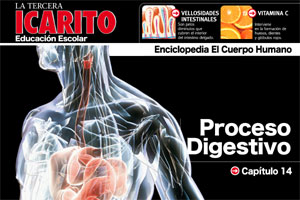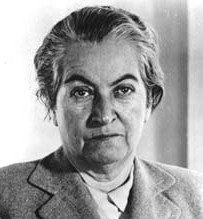In the fourteenth chapter of our collection we have gotten to know how the digestive process works. In order to see what and how much you have learned of this chapter we recommend you go over the tips, summaries and answer some check-up questions.
Summaries
Beginning of digestion
– The digestive process begins when the food enters the mouth (ingestion). Then it is chewed and crushed by the teeth and mixed with saliva (food bolus).
– The food bolus passes through the esophagus towards the stomach through a wave-like motion known as peristalsis.
– Once in the stomach, the food bolus becomes a denser mass called chyme.
Functions of the small and large intestine
– After the work in the stomach is finished, chyme passes on to the duodenum in small portions. Then, it is combined with pancreatic juice, leaving a finer mass. Finally, the mix reaches the jejunum, where it is broken down even further.
– In the small intestine, biliary (bile) salts, one of the components of bile, help split fats into small portions in order for the pancreatic juices to act upon them.
– The internal wall of the small intestine is covered by intestinal villi, which serve in transporting the nutrients the body needs to absorb.
– The remains of chyme that were not digested pass from the ileum to the cecum (large intestine). There, water is reabsorbed and the waste is hardened until feces is formed.
Vitamins, mineral salts and digestive disorders
– Vitamins are chemical substances that must be obtained from food because the body does not manufacture them. They are split into two groups: liposolubles and hydrosolubles.
– Mineral salts are chemical elements found in the body, but as they are continuously eliminated, it is necessary to consume them through food.
– Intestinal infections are the most common digestive disorders. They are mainly caused by viruses, bacteria and protozoa.





